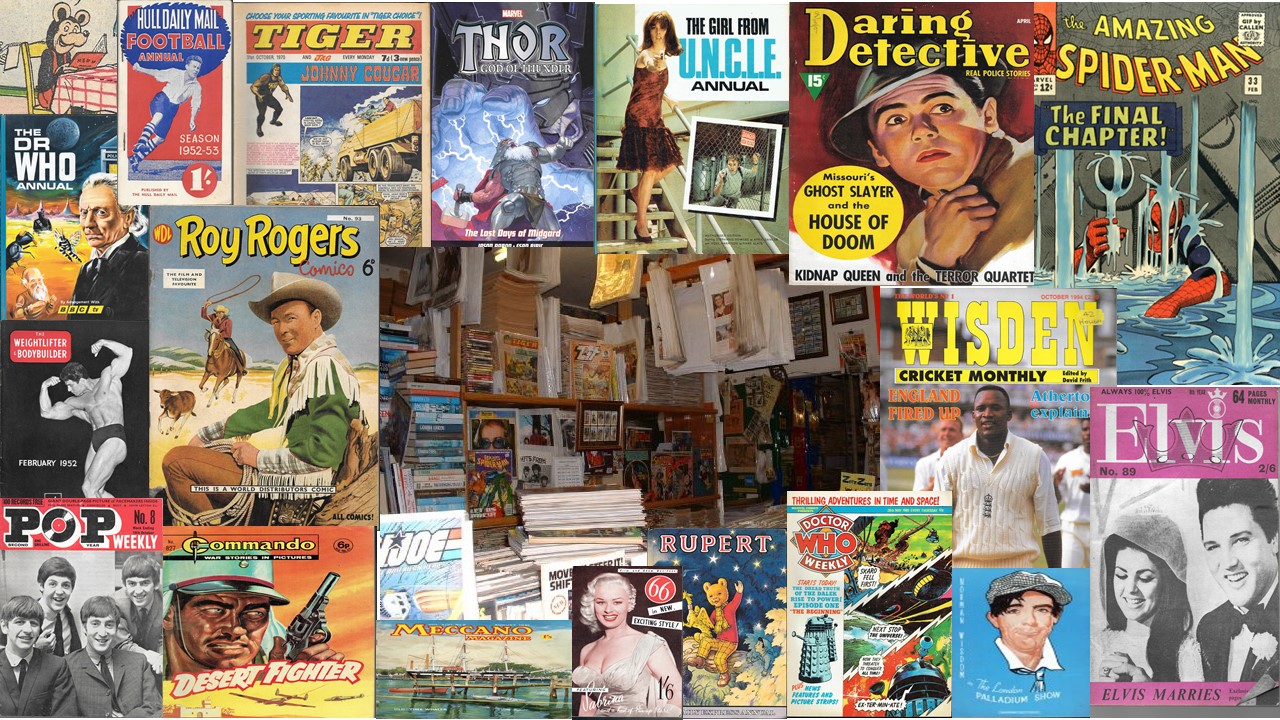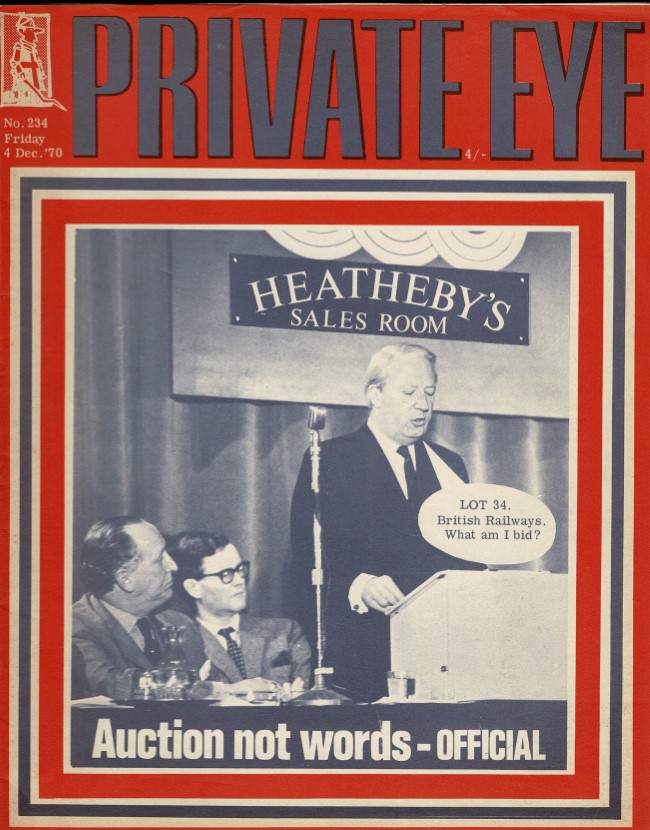Description
PRIVATE EYE UK MAGAZINE NO 209 19TH DECEMBER 1969
PRIVATE EYE UK MAGAZINE NO 209 19TH DECEMBER 1969
BRITISH FORTNIGHTLY SATIRICAL
AND CURRENT AFFAIRS MAGAZINE
A4 SIZE
CONDITION …. All items listed are pre – owned .Condition generally very good with
some issues having delivery name to cover , may have little soiling / creasing
The image you see is for the item you will receive , enlarge the Image for better view
Supplements / Free Gifts ( when applicable ) are NOT included unless stated
Private Eye
PRIVATE EYE UK MAGAZINE NO 209 19TH DECEMBER 1969
PRIVATE EYE UK MAGAZINE NO 209 19TH DECEMBER 1969
BRITISH FORTNIGHTLY SATIRICAL
AND CURRENT AFFAIRS MAGAZINE
A4 SIZE
CONDITION …. All items listed are pre – owned .Condition generally very good with some issues having delivery name to cover , may have little soiling / creasing
The image you see is for the item you will receive , enlarge the Image for better view
Supplements / Free Gifts ( when applicable ) are NOT included unless stated
British fortnightly satirical and current affairs news magazine
Private Eye is a British fortnightly satirical and current affairs news magazine, founded in 1961.[2] It is published in London and has been edited by Ian Hislop since 1986. The publication is widely recognised for its prominent criticism and lampooning of public figures. It is also known for its in-depth investigative journalism into under-reported scandals and cover-ups.[3]
Private Eye is Britain’s best-selling current affairs magazine,[4] and such is its long-term popularity and impact that many of its recurring in-jokes have entered popular culture in the United Kingdom. The magazine bucks the trend of declining circulation for print media, having recorded its highest ever circulation in the second half of 2016.[5] It is privately owned and highly profitable.[6]
With a “deeply conservative resistance to change”,[7] it has resisted moves to online content or glossy format: it has always been printed on cheap paper and resembles, in format and content, a comic as much as a serious magazine.[8][6] Both its satire and investigative journalism have led to numerous libel suits.[3] It is well known for the use of pseudonyms by its contributors, many of whom have been prominent in public life – this even extends to a fictional proprietor, Lord Gnome.[9][
The forerunner of Private Eye was The Salopian, a school magazine published at Shrewsbury School in the mid-1950s and edited by Richard Ingrams, Willie Rushton, Christopher Booker and Paul Foot. After National Service, Ingrams and Foot went as undergraduates to Oxford University, where they met future collaborators including Peter Usborne, Andrew Osmond[11] and John Wells.[12]
The magazine proper began when they learned of a new printing process, photo-litho offset, which meant that anybody with a typewriter and Letraset could produce a magazine. The publication was initially funded by Osmond and launched in 1961.[13] It is generally agreed that Osmond suggested the title, and sold many of the early copies in person, in London pubs.[14]
The magazine was initially edited by Booker and designed by Rushton, who drew cartoons for it. Its subsequent editor, Ingrams, who was then pursuing a career as an actor, shared the editorship with Booker, from around issue number 10, and took over from issue 40. At first, Private Eye was a vehicle for juvenile jokes: an extension of the original school magazine, and an alternative to Punch.[citation needed]
Peter Cook – who in October 1961 founded The Establishment, the first satirical nightclub in London – purchased Private Eye in 1962 together with Nicholas Luard, [15] and was a long-time contributor.[16]
Others essential to the development of the magazine were Auberon Waugh, Claud Cockburn (who had run a pre-war scandal sheet, The Week), Barry Fantoni, Gerald Scarfe, Tony Rushton, Patrick Marnham and Candida Betjeman. Christopher Logue was another long-time contributor, providing the column “True Stories”, featuring cuttings from the national press. The gossip columnist Nigel Dempster wrote extensively for the magazine before he fell out with Ian Hislop and other writers, while Foot wrote on politics, local government and corruption.[citation needed]
———————————————————————————————————————————————-






